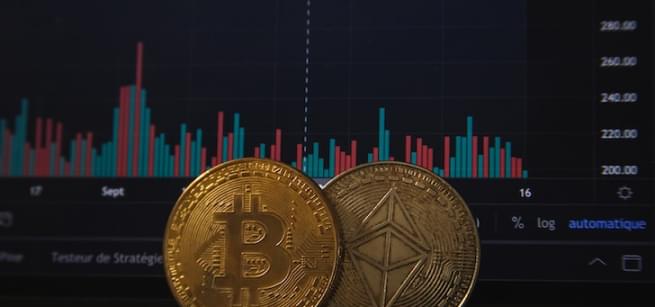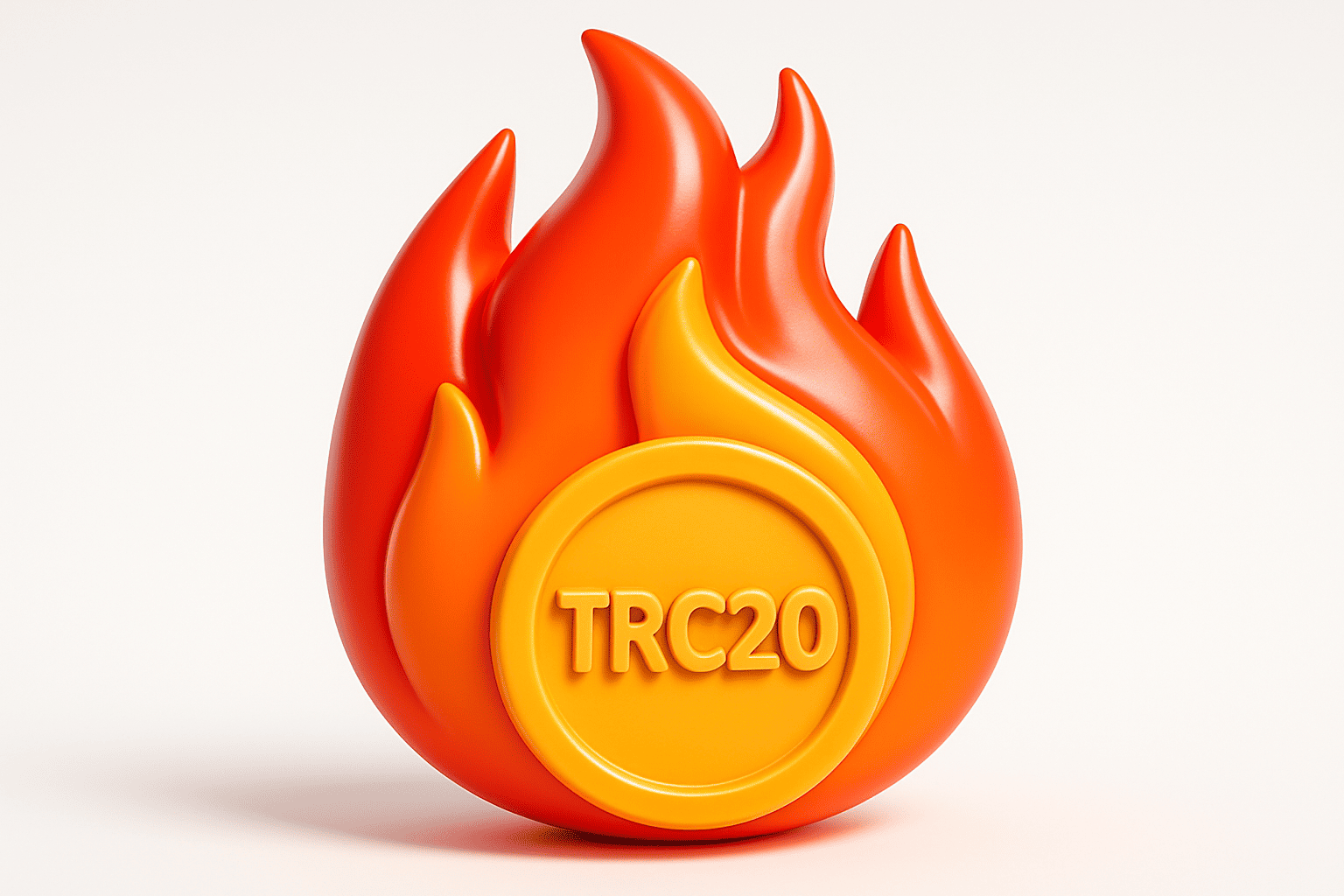Band Protocol
Download app Ironwallet and get tool for making transaction without network fee
About Band Protocol
Band Protocol stands out as a pioneering decentralized platform, bridging the gap between real-world data and smart contracts across different blockchains. At its core, Band Protocol utilizes BandChain, a specialized blockchain crafted from the Cosmos SDK, operating on a Delegated Proof-of-Stake mechanism. This tailor-made infrastructure is optimized for the critical functions of oracle services, encompassing data retrieval, aggregation, and execution of agreements. In this ecosystem, validators play a crucial role, committing the network’s native token, BAND, to fortify the system’s security while also partaking in the economic rewards derived from the protocol’s operational fees.
Origins and History
Band Protocol was initiated to bridge the gap between smart contract applications and real-world data, aspiring to deliver dependable transaction speeds and scalability. It targets seamless service across various public blockchains, ensuring minimal delay in handling extensive data requests. Emphasizing cross-chain compatibility and versatile data support, Band Protocol caters to both public and private data needs. Its journey began on the Ethereum blockchain in 2019, but it soon transitioned to its blockchain crafted with the Cosmos SDK, facilitating efficient data relay across diverse blockchains.
The evolution of BandChain’s mainnet unfolds in four strategic phases. Phase 0 laid the groundwork, enabling BAND token transactions and staking for validators, officially starting on June 6, 2020. Phase 1, completed on October 15, 2020, introduced the creation of data oracle scripts accessible to all, tapping into public and unrestricted data sources. Phase 2 is set to empower API providers to monetize their data on the blockchain securely, while Phase 3 will broaden the ecosystem with private data oracle scripts and diverse payment models, enhancing smart contracts’ interoperability with conventional business services.
In 2020, Band Protocol embarked on a significant transformation, evolving into Band Protocol v2.0 or BandChain, moving beyond the initial community token and bonding curve model. This new phase marked the plan for over 50 oracle integrations and the addition of 15 new genesis validators, showcasing a robust expansion. Remarkably, in December 2020, Band Protocol joined the OpenAPI Initiative, standing alongside giants like Google, Microsoft, and IBM, to forge a unified API standard, streamlining the integration of blockchain applications with conventional APIs and data platforms.
What Is BandChain?
BandChain is a distinctive public blockchain crafted on the Cosmos SDK, serving as a conduit between data providers and smart contracts for DApps. With over 72 validators upholding decentralization, it leverages the Tendermint BFT consensus for swift block finalization.
BandChain stands out for its dual-layered decentralization, where globally distributed validators ensure data integrity, with their actions transparent and auditable under a delegated proof of stake mechanism. Its flexibility shines in the ability to tailor oracle scripts across various programming languages, empowering users to specify their data sources.
Remarkably efficient, BandChain processes oracle data swiftly, boasting a mere 3-second block validation time, far outpacing mainstream blockchains like Ethereum and Bitcoin. This focus on oracle services not only speeds up data handling but also unburdens other blockchains, facilitating seamless DApp integration and scalability.
Economically, BandChain adopts a pay-per-request model, allowing users to incur fees solely for the data they need, making it a cost-effective solution for accessing specific data sets.
How Does Band Protocol Work?
Band Protocol operates as a versatile oracle service provider for various blockchains, anchored by its dedicated BandChain, crafted from the Cosmos SDK. Alongside, it offers diverse data solutions, notably the Band Standard Dataset.
BandChain
At the heart of BandChain is the mechanism that allows decentralized applications (DApps) to fetch and utilize off-chain data. This process is facilitated by oracle scripts, akin to smart contracts, which channel data requests to BandChain’s validators. These validators then source the data, compile it into reports, and relay it back to the DApps, with a service fee levied for each transaction.
Take, for instance, a DeFi platform needing an accurate Ethereum price. It could leverage Band Protocol to gather and synthesize data from various online sources, ensuring the most precise pricing, with a nominal fee paid to the validators for their network services.
Band Standard Dataset
The Band Standard Dataset, a pivotal offering from Band, encompasses a comprehensive array of pricing information covering cryptocurrencies, commodities, and fiat currencies. This dataset is especially valuable in the DeFi sector, as it integrates seamlessly, reduces transaction costs, and sources from a broad spectrum to guarantee data reliability.
Band Protocol vs. Chainlink
In the realm of blockchain oracles, Chainlink and Band Protocol emerge as front-runners, each vital to the burgeoning DeFi sector’s data needs.
Launching in 2017, Chainlink has clinched a dominant position in the oracle market, boasting a total value secured (TVS) exceeding $75 billion by late 2021. Band Protocol, entering the scene two years post-Chainlink, has rapidly gained traction.
The ongoing debate about which platform better facilitates DApp development lacks a definitive winner due to their distinct characteristics and methodologies in oracle service delivery.
A notable distinction is their foundational blockchains: Chainlink operates on Ethereum, while Band Protocol has transitioned to the Cosmos blockchain. This difference affects fee structures, with Chainlink historically grappling with Ethereum’s high gas fees and lower transaction speeds. Conversely, Band Protocol, leveraging Cosmos, offers swift transaction confirmations at reduced costs.
Structurally, Band Protocol differentiates itself by operating BandChain as its proprietary blockchain, whereas Chainlink does not maintain an independent blockchain. This setup means Band’s validators also perform oracle functions, potentially elevating operational costs, while Chainlink’s nodes remain specialized solely in data facilitation, possibly reducing their operational burden.
BAND Token
BAND operates fundamentally as a staking token within the BandChain ecosystem, where validators commit BAND tokens to gain the authority to execute transactions and forge new blocks, earning BAND rewards for their services. Non-validator BAND holders can also partake in the network’s economic activity by delegating their tokens to validators, sharing in the earnings generated through this delegation. This mechanism classifies Band as a Delegated Proof of Stake (DPoS) blockchain, with BAND further serving as a payment medium for data from BandChain’s oracle sources.
Concerning token economics, BAND’s issuance is governed by an inflation rate varying between 7% and 20%, designed to incentivize consistent staking activity, aiming for two-thirds of the total BAND supply to be staked at any given time.
Initially, the BAND ecosystem started with 100 million tokens, but this figure has risen due to the protocol’s inflation-driven staking incentives. From the genesis allocation, 25.63% was dedicated to the ecosystem fund, 22% to the foundation, 5% to the development team and advisors, 15% to private investors, and 12.37% was made available during the public sale of BAND tokens.
Utilizing Band Protocol
Utilizing Band Protocol is a strategic move for blockchain oracles, particularly within the realms of fintech and decentralized finance (DeFi). Early integrations on BandChain have primarily been price feeds from cryptocurrency and traditional stock exchanges, providing essential data for various financial application developers.
Beyond finance, Band Protocol holds potential for sectors like gambling, where blockchain applications require access to trustworthy real-time data, such as sports scores, game outcomes, or random elements like card shuffles and dice rolls. Additionally, blockchain ventures in the scientific domain could leverage Band Protocol to procure and assimilate weather data from global monitoring networks.
Essentially, any decentralized application (dApp) that necessitates a connection to real-world information can benefit from the oracle services offered by Band Protocol.
SOALAN
- Phần cứng-Dompet:איך لجر نانو Các đệ Trezor چو thổ nhĩ kỳ bởi sichere Ẩn-Speicherung.
- Phần מאמ-Dompet:איך MetaMask hoặc Percaya Dompet چو einfacheren Zugang und Nutzung.
- Tahanan Dompet:Werden فون Börsen angeboten,bị denen بان NHẠC gekauft mọi người,obwohl אוגוסט thổ nhĩ kỳ bởi xóm Schlüssel halten.
- IronWallet:Eine bergerak Geldbörse چو Kryptowährungen có Verwahrung,thổ nhĩ kỳ bởi eine Mischung aus تورنت und Zugänglichkeit bietet.





















